If you’re about to start a new build, whether it’s a shed, garage, or a bigger project, site prep is the first and most important step.
It’s what turns an uneven patch of land into a solid, ready-to-build foundation. The process may not seem glamorous, but it’s the backbone of every strong and lasting structure.
In this guide, you’ll get a simple yet insightful look at how to approach site preparation the right way, from understanding your land to avoiding common pitfalls that could slow down your project before it even begins.
With the right plan and a bit of groundwork, you can set the stage for a smoother, more successful build.
What is Site Preparation?
Site preparation is the process of getting land ready for construction.
It involves clearing the land of trees, rocks, and debris, grading the ground to ensure proper drainage, leveling the area, and preparing the foundation.
This can be done manually with hand tools for smaller projects or mechanically using heavy equipment like bulldozers and excavators for larger sites.
Mechanical methods are faster and more efficient, especially for extensive clearing or challenging terrain, while manual methods are typically used for lighter tasks or areas that machinery can’t reach.
Construction Site Preparation: Step-by-Step Guide
Site preparation is crucial for ensuring your construction project starts on solid ground. This guide outlines the steps you need to follow to properly prepare your site for a stable foundation.
Tools
The right tools and materials are crucial for efficient site preparation.
- Chainsaw: For cutting down trees and branches.
- Excavator/Heavy Machinery: Used for stump and root removal, as well as digging and moving heavy materials.
- Silt Fence: Installed to control erosion during excavation.
- Laser Leveling Equipment: Ensures precise excavation and proper foundation layout.
- Heavy Equipment: Needed to move large logs, boulders, and earth.
- Backfill Materials: Used for filling in around the foundation or for landscaping.
Now that you have the right tools, follow these essential steps to prepare your site:
Step 1: Clear and Prepare the Land
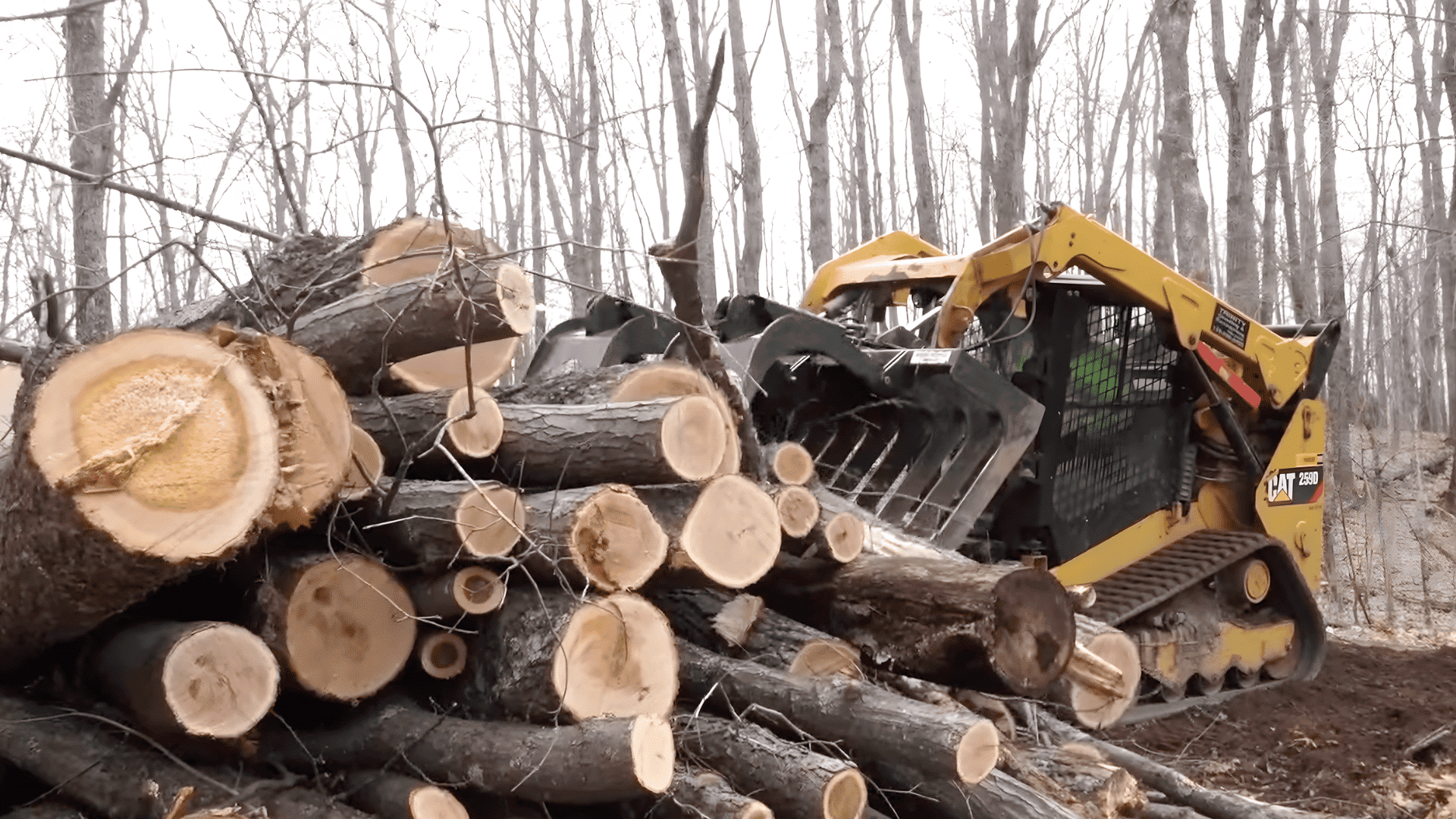
Begin by removing trees, rocks, roots, and debris to create a clean, open workspace. Always call 811 (National Safe to Dig hotline) before digging to check for underground utilities.
If tree removal is needed, use a chainsaw carefully or hire professionals. Proper clearing ensures safety, prevents future obstacles, and sets the stage for accurate excavation.
Step 2: Remove Stumps, Roots, and Save Landscaping Materials
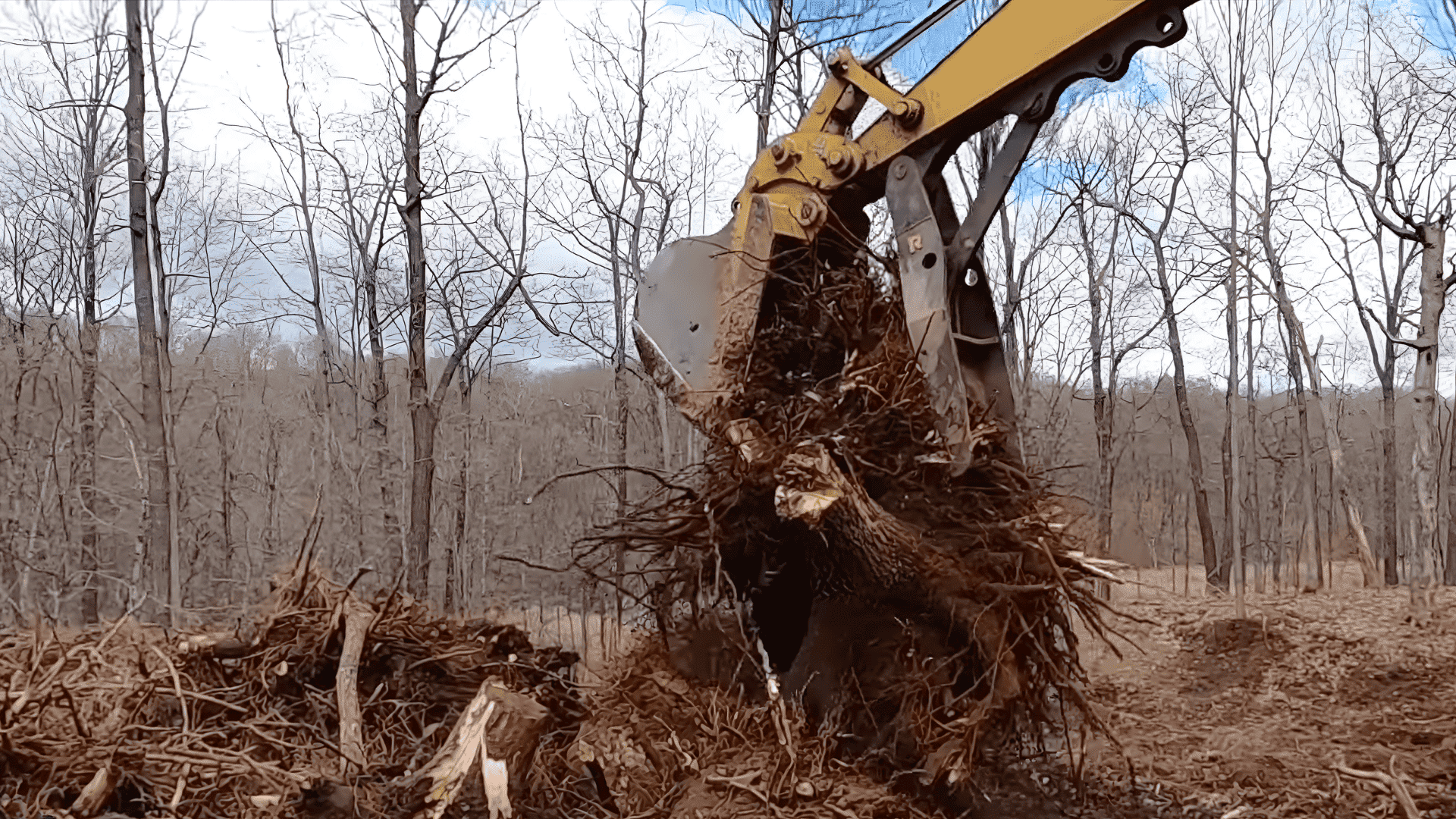
Once the area is cleared, remove stumps and deep roots using heavy machinery or an excavator team. This step prevents future ground instability and creates a level surface for foundation work.
As you work, set aside usable logs, stones, or boulders for landscaping. Moving these materials only once saves time, effort, and future project costs.
Step 3: Install Erosion Control
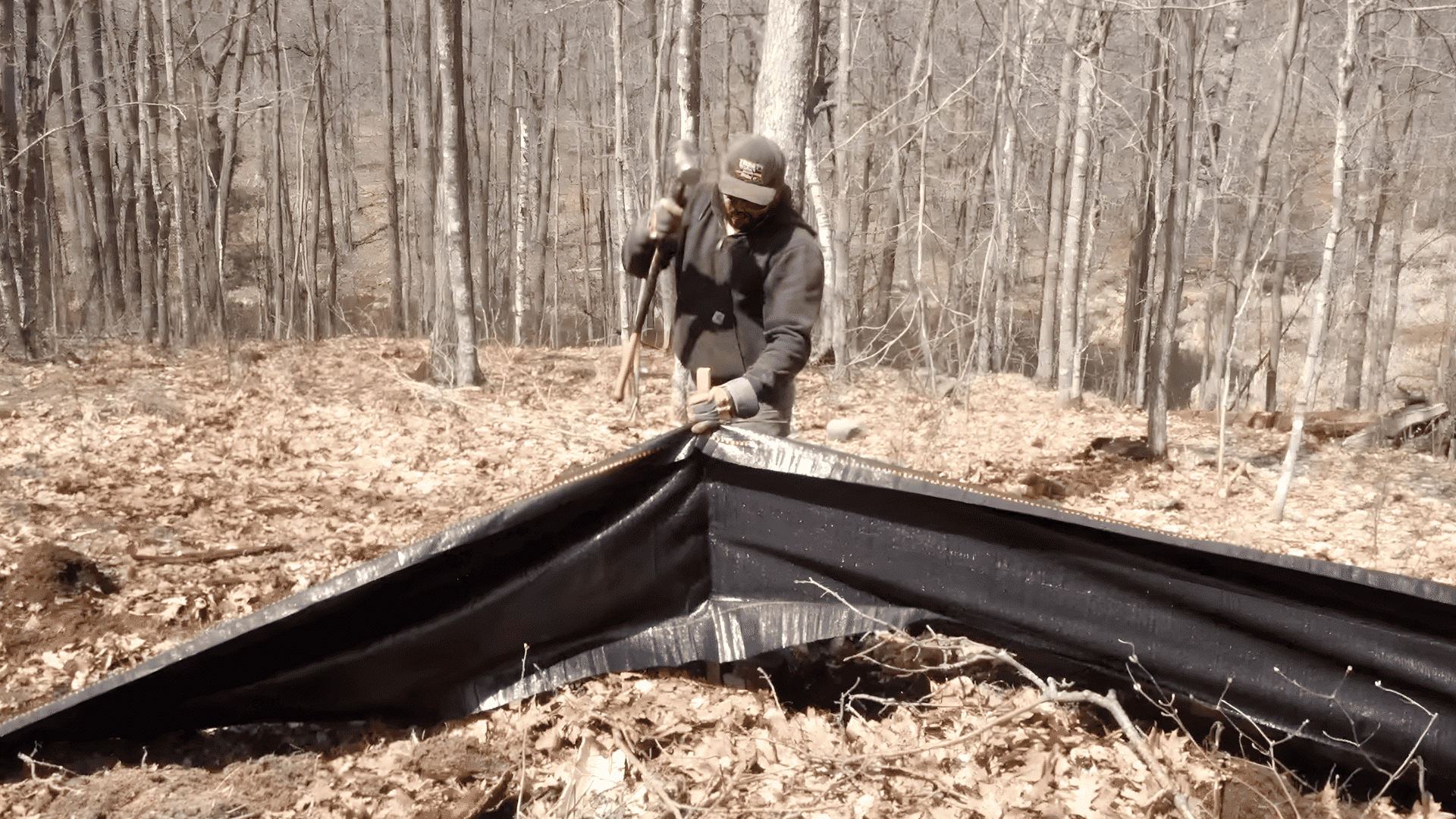
Before excavation, install a silt fence or other erosion control methods around the site. This prevents soil from washing away during rain or excavation. It’s especially crucial on sloped or loose soil.
Erosion control maintains site stability, reduces environmental impact, and ensures smoother, uninterrupted progress throughout the construction phase.
Step 4: Hire an Experienced Excavation Crew
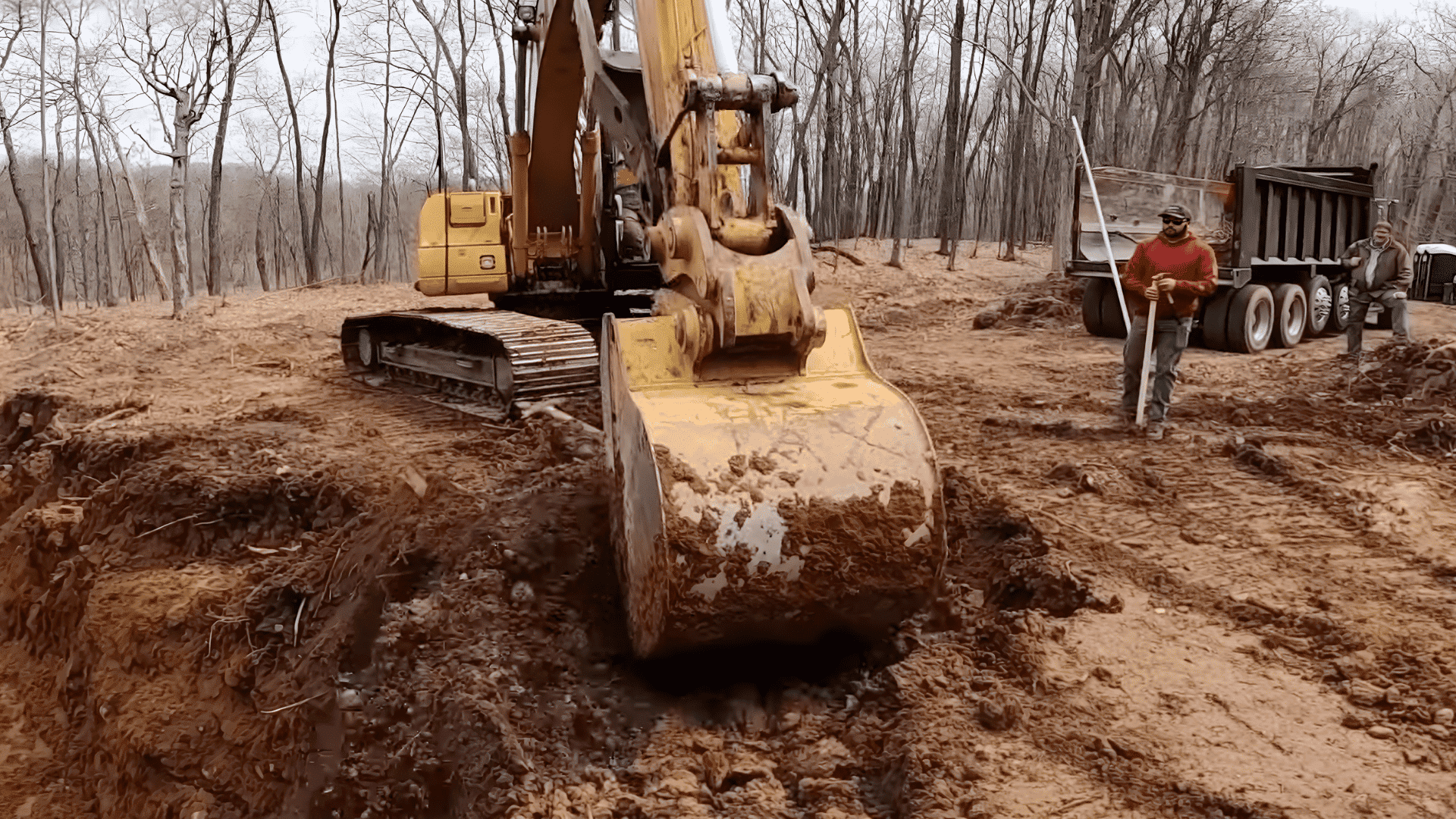
Choose a local excavation crew familiar with your area’s soil and terrain. A skilled team minimizes transportation costs and avoids costly mistakes. Confirm that they’re licensed and use modern equipment suited to your project.
Their expertise ensures your site meets safety codes, timelines, and technical standards for a solid, professional outcome.
Step 5: Excavate and Level the Site
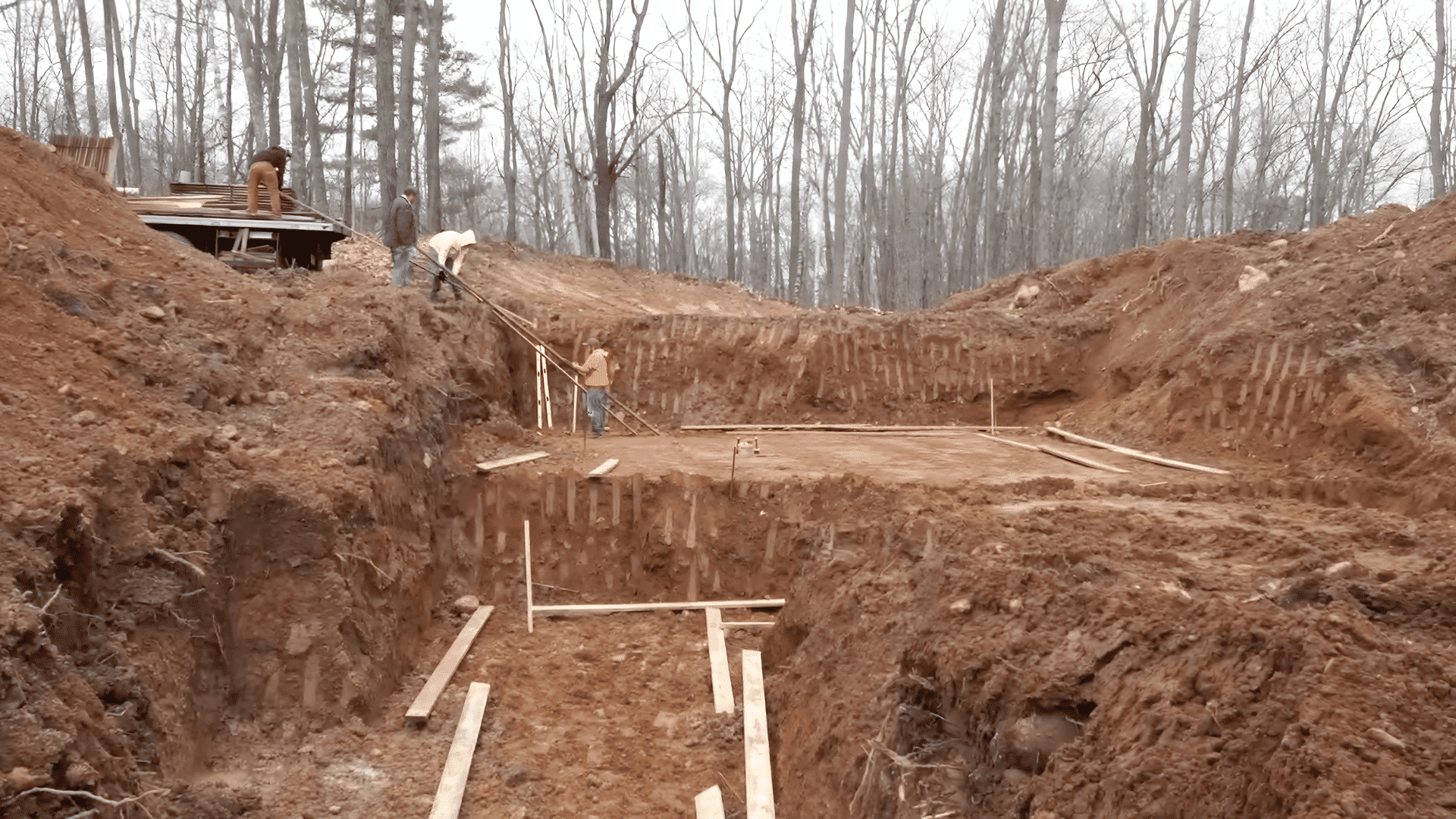
Once everything is ready, the excavation crew will dig, move, and level the soil using heavy machinery. This step ensures your site is even, properly graded, and stable for the foundation.
Reuse materials like dirt, rocks, or gravel for backfill or landscaping. A well-executed excavation guarantees a strong base for the structure ahead.
The steps shared in this guide were taken from the “How to Prep Your Site for a Build” video @thefamilyhandyman. If you’d like to watch it, you can check out the full video on their channel:
Trusted Site Preparation Contractors
Below are some well-known and trusted site preparation contractors in the United States. Each is recognized for quality work, reliability, and strong project management.
1. RES Contractors, LLC
RES Contractors provides full-service site preparation, including clearing, grading, excavation, drainage, and utility installation. Focuses on efficient execution and environmentally responsible practices. Their experienced team delivers reliable results that keep projects on schedule and are built to last.
2. NPK Holding Company
NPK specializes in complex terrain projects such as debris removal, grading, and road access. They are known for handling difficult job sites safely and efficiently, particularly in areas with challenging ground conditions. They use advanced equipment and expert crews to finish every project safely and on time.
3. All American Land & Dirt Work
All American Land & Dirt Work is based in Florida. This contractor offers land clearing, grading, and excavation for residential and commercial builds. They’re praised for their reliability, attention to detail, and ability to deliver ready-to-build sites on schedule.
4. ABE SitePrep (Allen Butler Enterprises)
Located in South Carolina, ABE SitePrep has over 20 years of experience in land clearing, grading, and infrastructure preparation. They are known for their skilled crews, strong coordination, and commitment to completing projects efficiently.
Choosing a trusted contractor ensures your project starts right, with proper groundwork and a stable foundation.
How to Hire a Site Preparation Contractor
Hiring the right site preparation contractor is key to getting your project done correctly and on time. A good contractor ensures safe, efficient work and helps you stay within budget.
- Experience: Choose someone with solid experience in site preparation, excavation, and foundation work. Ask about their previous projects and if they’ve handled jobs similar to yours.
- Reputation: Check online reviews, testimonials, and references from past clients to confirm their reliability and quality of work.
- Licensing and Insurance: Verify that the contractor is licensed and fully insured. Ask to see proof of both to protect yourself from liability.
- Equipment and Crew: Make sure they have the right equipment and a skilled team to handle your site efficiently. Ask what type of machinery they’ll use and if it’s suitable for your terrain.
- Local Knowledge: Hire a contractor familiar with your area’s soil conditions, terrain, and permitting requirements.
- Cost Estimates: Request a detailed written quote that includes labor, materials, and any potential extra charges. Clarify if the price is fixed or subject to change.
- Timeline: Ask about the estimated completion time and what factors could cause delays.
- Permits and Regulations: Find out if the contractor will handle local permits or if you’ll need to take care of them.
- Problem Handling: Discuss how they manage unexpected issues like bad weather, underground obstacles, or equipment breakdowns.
Cost of Site Preparation
The cost of site preparation can vary greatly depending on several factors, including the type of foundation, site size, location, and the challenges posed by the terrain and soil quality.
| Foundation Type / Site Size / Location | Approximate Cost | Notes |
|---|---|---|
| Small shed foundation on already cleared land | $500 – $5,000 | Minimal clearing/grading required. |
| Standard house slab or crawl‑space site | $2,500 – $10,000+ | Includes clearing, grading, and drainage; costs rise with size and complexity. |
| Full basement on difficult terrain | $10,000 – US $100,000+ | Steep slope, ledge, or rock excavation increases cost dramatically. |
Factors that Affect Pricing
- Soil Quality: Poor soil (e.g., clay, sandy) may require more extensive work to prepare the foundation. This could involve soil stabilization or deeper excavation to ensure a stable base for your structure.
- Terrain Difficulty: Steep slopes, rock ledges, and challenging site accessibility can increase labor and equipment costs. Difficult terrain requires more time and specialized machinery, which can raise overall expenses.
- Site Size and Excavation Volume: Larger sites or deeper excavation lead to higher labor and machinery costs. The more material that needs to be moved or leveled, the more costly the project becomes.
- Location: Regional differences in labor, materials, and permitting costs can significantly affect pricing. Urban areas or regions with higher construction demand often have higher rates for materials and services.
By considering these factors, you can better plan and budget for your site preparation. Understanding how these elements impact the overall cost will help you make more informed decisions about your project.
Common Challenges in Site Prep
Site preparation often comes with challenges that can affect cost, time, and the quality of your foundation. Knowing what to expect helps you plan better and avoid major setbacks during construction.
- Soil Type and Its Impact on Foundation Choice: Clay soil expands and contracts with moisture, which can weaken foundations. Sandy soil may not provide enough support, while rocky soil can make digging difficult. A soil test helps determine the right foundation type for your site.
- Dealing with Uneven Ground and Environmental Factors: Sloped or uneven ground requires extra excavation and leveling. Weather, drainage issues, and nearby vegetation can also create problems like erosion or instability. Proper grading and drainage control are key to keeping the site stable.
By identifying these challenges early, you can take the right steps to prepare your land efficiently and ensure a strong, lasting foundation for your build.
Conclusion
Getting site prep right is what sets the foundation for every successful build. It’s not just about clearing land; it’s about planning smart, working efficiently, and preparing the ground to last for years.
A well-prepared site saves time, reduces future repairs, and ensures your structure stands firm through any challenge.
Whether you’re doing it yourself or hiring a contractor, investing time and care in proper preparation pays off in a smoother, stronger project.
Ready to get started? Take the next step by reaching out to a trusted site preparation expert for a personalized quote and professional guidance.















